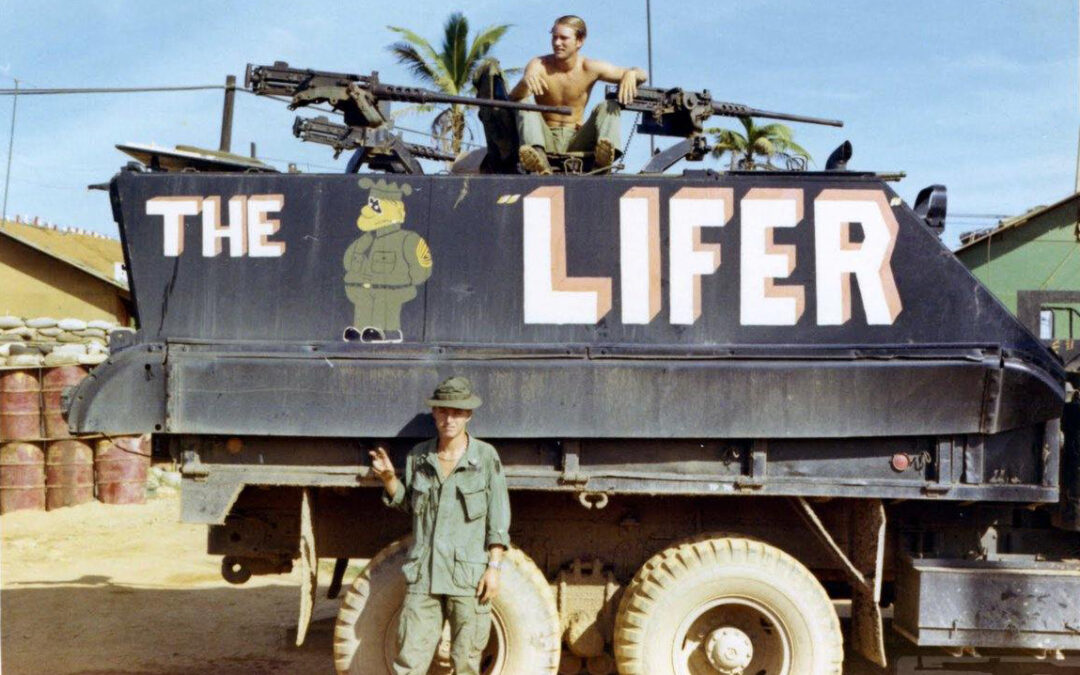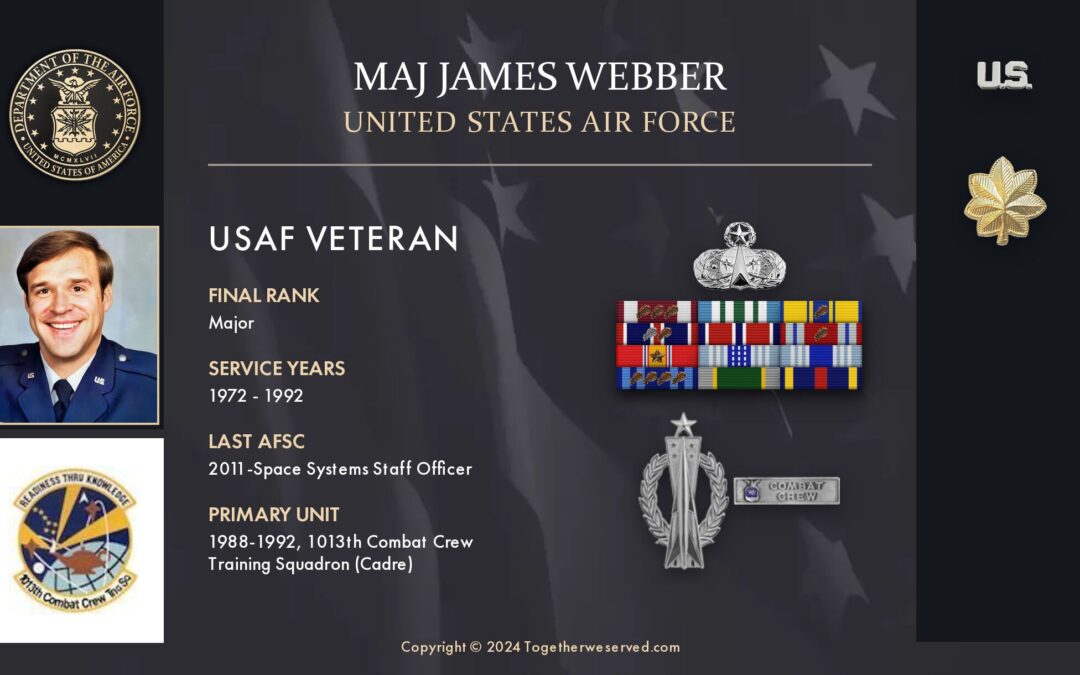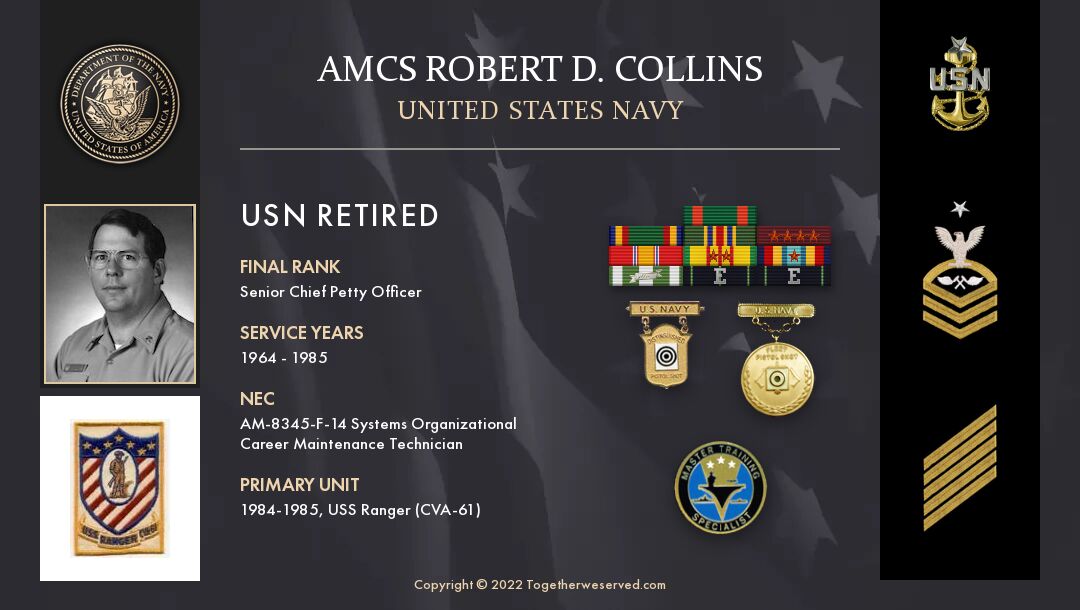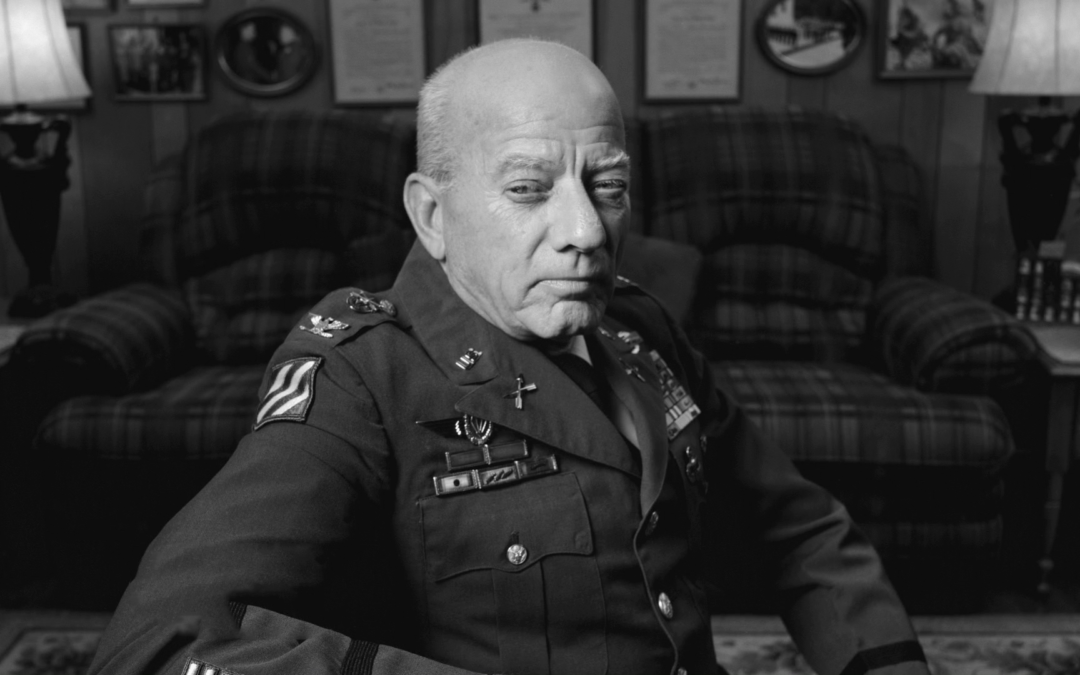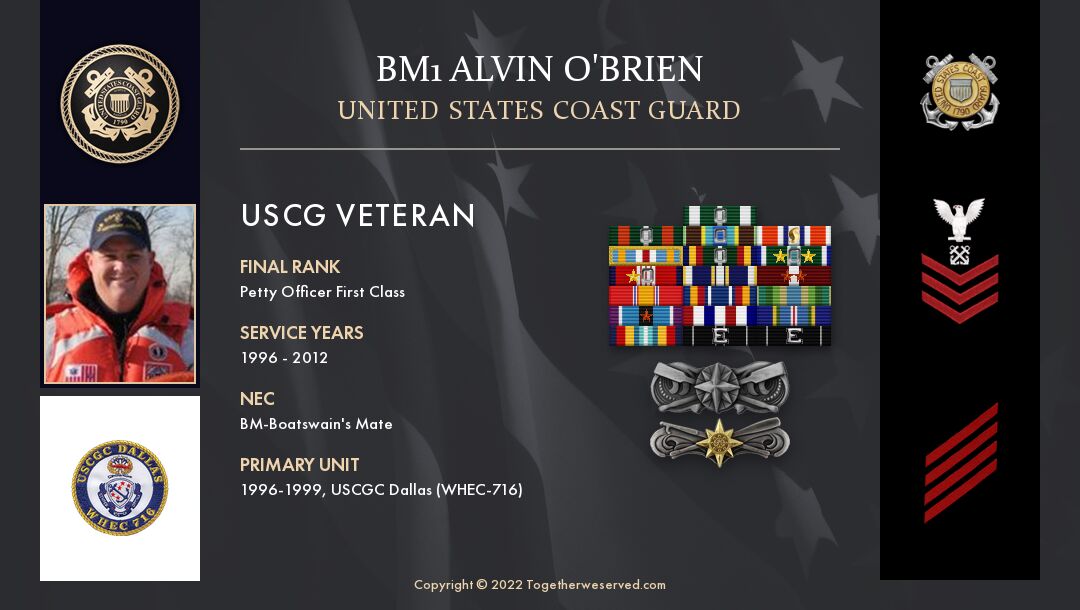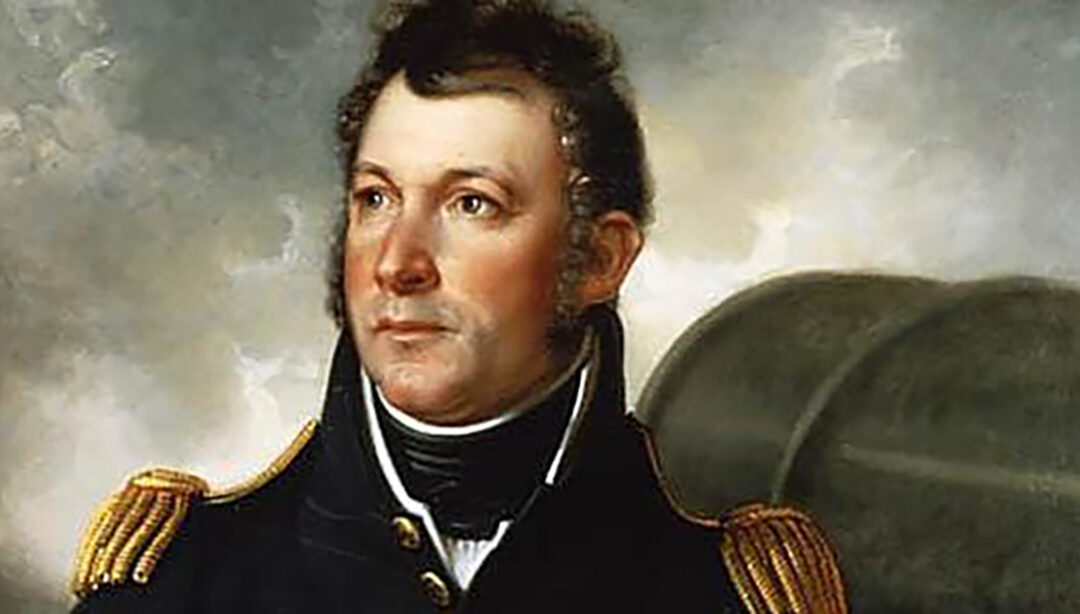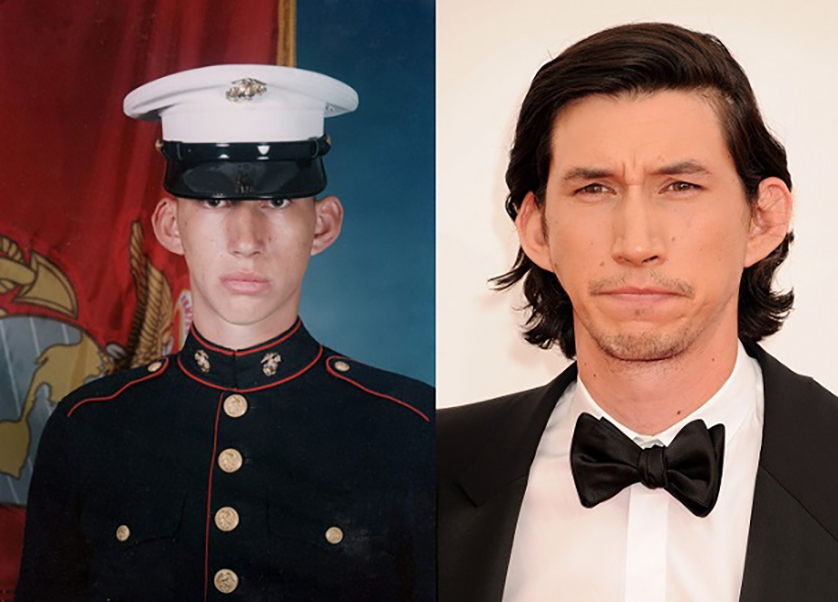The complexion of war has changed significantly through millennia of human conflict and continues to evolve with new technologies and lessons learned on the battlefield. But despite this changing environment, one constant does exist: effective logistics and supply chain integrity can change the tide of battle and determine outcomes. Until World War II, a historical reliance on fixed fortifications led to straightforward solutions for combat support; however, the global scale of conflict and new, unbridled mobility forever changed the face of military logistics. In fact, much of the war's best-known strategies were directed solely at disrupting enemy supply chains (Battle of the Atlantic, Operation Drumbeat, Battle of the Bulge, Island Hopping, and more). Surprisingly, by 1966 military logistics and combat supply tactics had not significantly advanced apart from the introduction of helicopters to the battlefield. So as the Vietnam War escalated, UN forces confronted novel threats...
